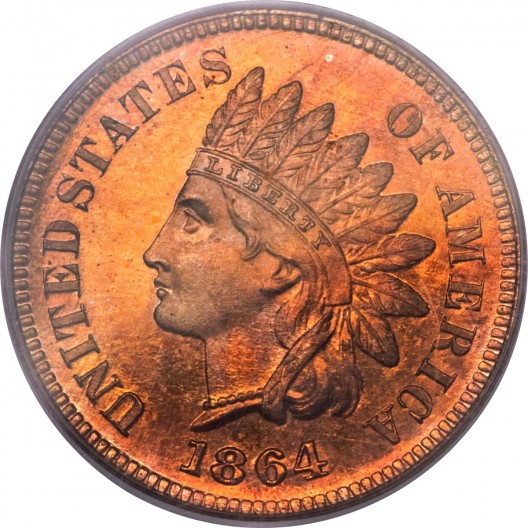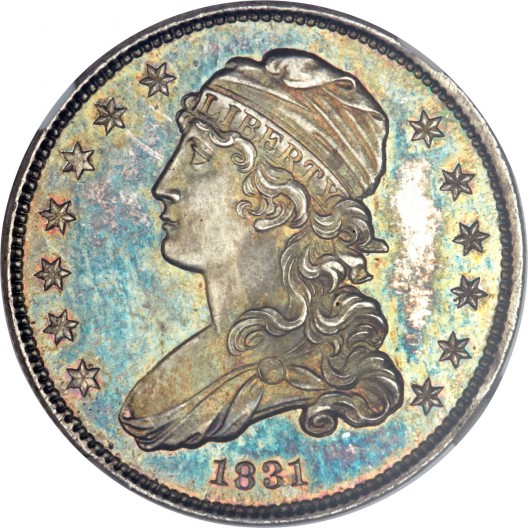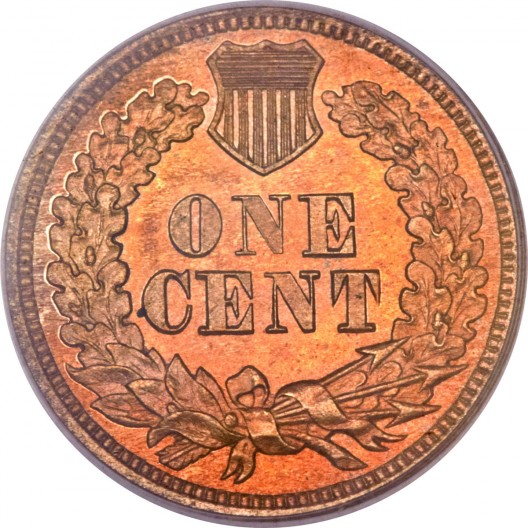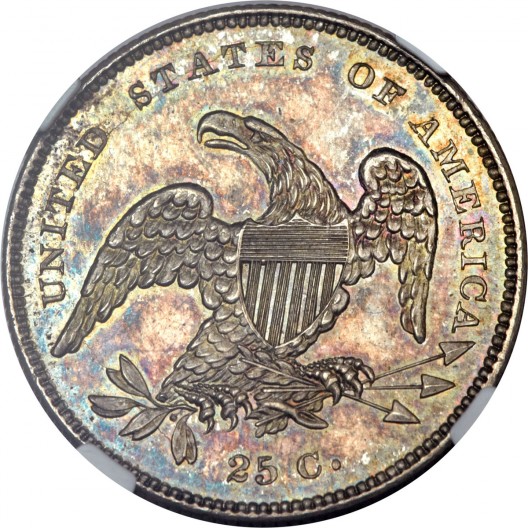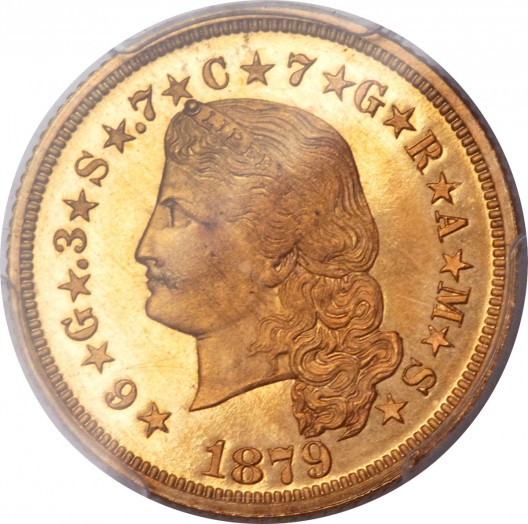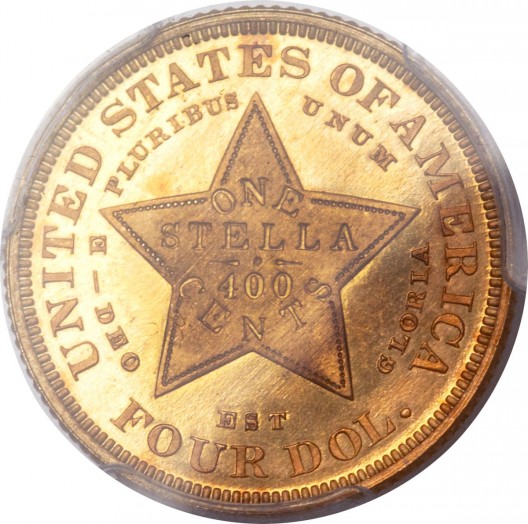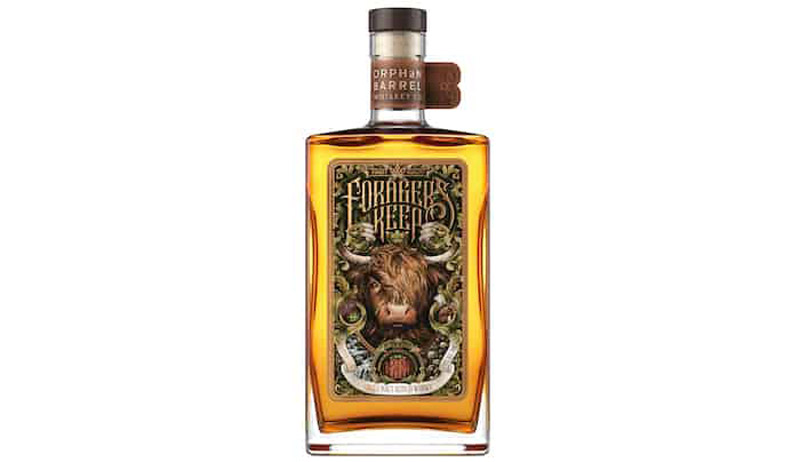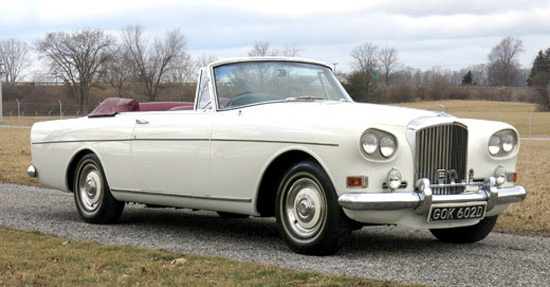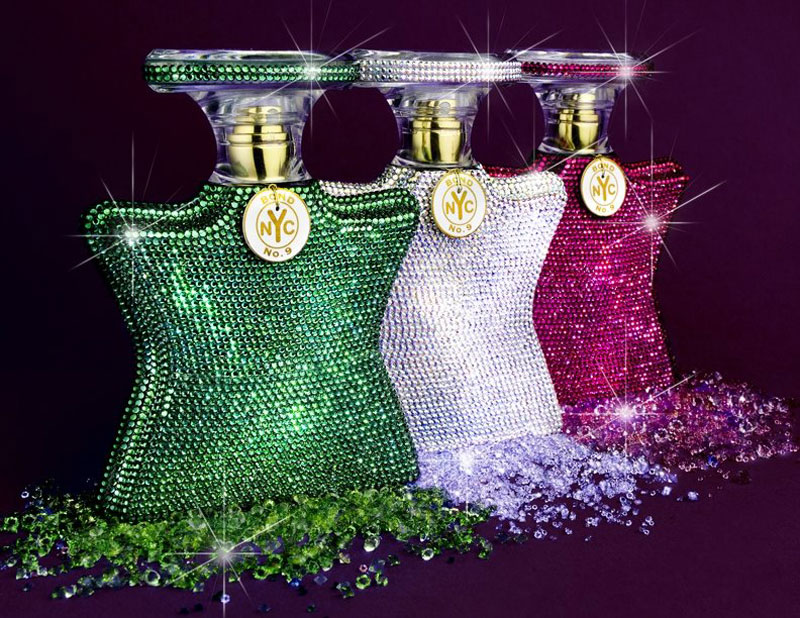Three distinct examples of the ultra-rare proof 1864 Indian Cent with L on ribbon highlight the offerings in Heritage Auctions’ September 25 – 29 US Coins Signature Auction, to be held at the Long Beach Convention Center in conjunction with the Long Beach Coin and Collectibles Expo.
The 1864 Indian cent has three distinct varieties, all collectible. Initially, these coins were made in a composition of 88% copper and 12% nickel; these were known as “nickels”, “nicks”, or “white cents”. Nickel is a difficult metal to coin, so the composition was changed during the year to bronze, an alloy that, with the exception of the 1943 steel cents, would be retained with only minor changes until 1982. Late in the year, designer James B. Longacre’s initial L was added to the ribbon on the obverse of the coin, where it would remain until the Indian Cent type ended in 1909. All three varieties were made as proofs, and while the variety with L is considered a semi-key as a circulation strike, it is an extreme rarity as a proof.
Initially, 20 proofs with L on ribbon were thought to have been struck; the actual number is now believed to be somewhat higher, in part because of restrikes minted probably in the early 1870s. 20 are known today. Amazingly, these twenty represent three distinct die marriages – and we are offering examples of all three in this auction, an opportunity that may never happen again.
The Snow-PR1 die marriage is considered an original. Snow-PR2 is considered a restrike because the reverse used in this die marriage matches proofs dated 1869 and 1870. The unique Snow-PR3, is also an original, as it shares a reverse with some proof 1864 cents without the L.
While Indian cent specialists will delight in these offerings, this auction contains much more. Stellas, or four dollar gold pieces, always attract attention when offered at auction, and we are pleased to be able to present an example graded Proof-65 Cameo by PCGS. Another rare proof, the 1831 quarter, is represented by an example graded PR66 by NGC; this previously unknown example was acquired by a European nobleman during the 19th century and has been preserved by his family to the present time.

